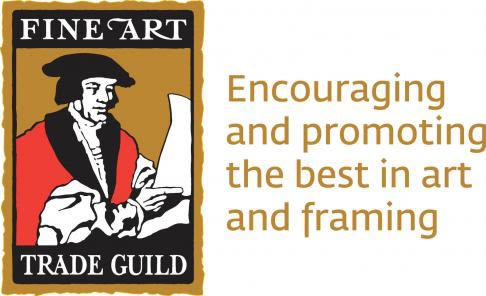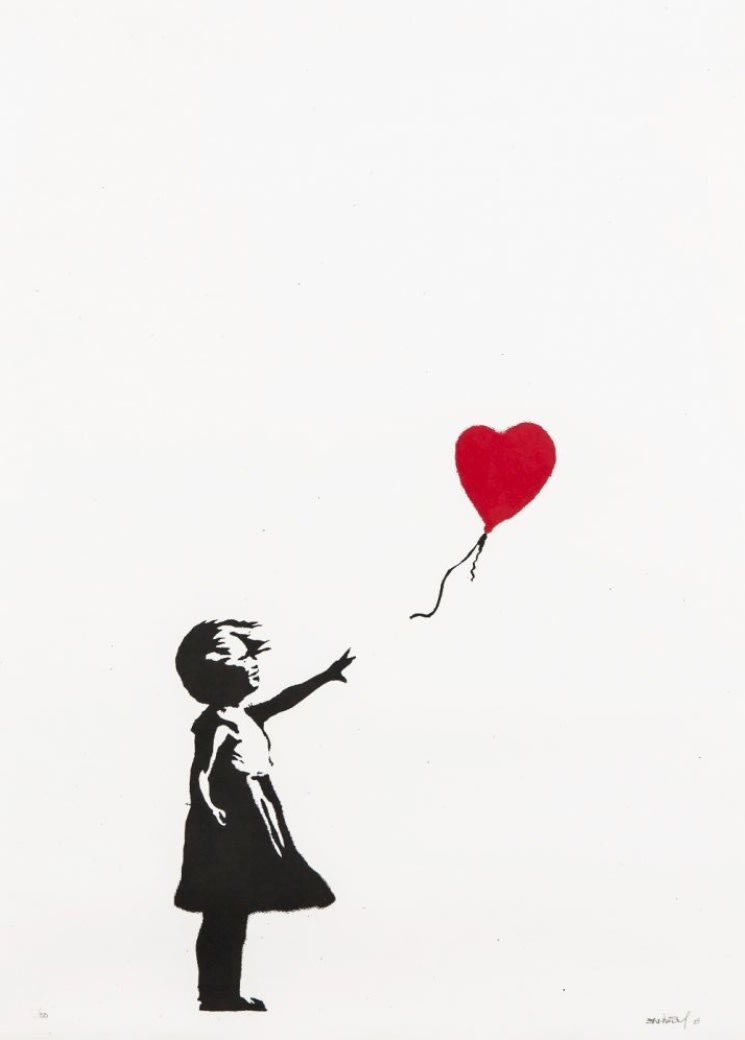"I guess my goal has been just to figure out how to get through life making stuff." – KAWS
KAWS is a multi-faceted artist straddling the worlds of art and design in his prolific body of work that ranges from paintings, murals, and large-scale sculptures to product design and toy-making. His iconic “XX” signature has its roots in the beginning of his career as a street artist in the 1990s, when he began altering found advertisements by incorporating his own masterful paintings. Evoking the sensibilities of Pop artists like Andy Warhol and Claes Oldenburg, KAWS possesses a sophisticated humour and thoughtful interplay with consumer products and collaborations with global brands. He often draws inspiration and appropriates from popular culture animations to form a unique artistic vocabulary and influential cast of hybrid cartoon and human characters.
KAWS aka Brian Donnelly is taking the art world by storm. Humorous and satirical, his stock of cartoon-like characters with iconic branded X eyes have earned him fame and Pop status. With cuteish charm, his wry figures have moved from street art to high art and bridged art and design, creating a sensation and buzz akin to the early days of Banksy. Working with sculpture, painting, murals, drawing, product design and clothing, his approach has been likened to that of Andy Warhol and Jeff Koons.
KAWS began his career studying illustration at the School of Visual Arts, New York after which he worked as a background painter for animation series. His work on Disney’s 101 Dalmatians and Doug, developed his cartoon-like aesthetic which was honed in his unique graffiti work. From a young age, Donnelly’s tag ‘KAWS’ was known, appearing on buildings and trains around New Jersey and Manhattan throughout the 1990s. Chosen for its visual balance, he has explained that, “When your whole art is based on the lettering you choose, you kinda figure out what ones work together. I just liked the shapes of the k, a, w, s,”.
The tag later gave way to his witty characters such as Bendy and The Accomplice, which infiltrated New York’s bus-stops and phone booth advertisements. He was unabashed in his process, unlocking the cases of adverts, removing the poster campaign and taking it home where he would paint his modification and then place them back in situ. Known as ‘Subvertising’, one of the intentions was to mock the corporations and play with their goods. Wrapping his figures around products and changing the faces of models to his signature skull and crossbone image, he surreptitiously and anonymously inserted his critique for New Yorkers to encounter on a daily basis.
Aware of the accessibility of his street images, KAWS set about embracing his mass appeal and diverse audiences primarily using the symbol of the skull, which he notes is ubiquitous and understood in all cultures. Much like his predecessors Keith Haring and Basquiat, he first earned notoriety amongst the graffiti world and built a market place selling multiples to his loyal following, receiving support from the fashion world who reported on his early work in magazines. KAWS has been explicit about his desire to be relevant and have people react to his work. Asserting himself in the public domain and effectively building his popularity allowed his work to transcend its place in the street and enter the gallery world with great aplomb.
Toys are an integral part of KAWS' practice and integral to his brand. His Companion toy emerged in 1999 following a trip to Japan on the invitation of Bounty Hunter, a cult toy and streetwear brand. A Mickey Mouse bodily appearance with a skull and crossbone head, the edition of 500 sold out immediately and has since become rendered as paintings, domineering sculptures and inflatable forms. The Companion form took on new significance and was given a public arena when a 41-foot-high helium filled ballon-esqe rendering of it was included in Macy’s Thanksgiving Day Parade in 2012. Taking inspiration from Takashi Murakami, the work is a crossover between projects and acceptance by different creative communities, which KAWS seeks and has been successful in achieving. His commercial collaborations with international brands including Nike, Comme des Garcon, Uniqlo and his album cover designs for Kanye West are testament to his malleability and reach.
The early 2000s saw KAWS turn to television and work with a range of popular characters associated with this medium. He appropriates and adapts instantly recognisable figures including Mickey Mouse, the Smurfs, Sesame Street and The Simpsons. Doctoring them to have skull and crossbone heads, and eyes replaced with his Xs as well as changing their names to begin with ‘K’, the cartoons are warped into his acolytes. Given an air of morbidity, the figures’ incarnation can be read as a satirical comment on globalised culture and yet fully yearn to be universal and instantly recognisable. This is not without criticality, he scrutinises the mechanisms he is reliant on and is clear that he has, “[I] found it weird how infused a cartoon could become in people’s lives; the impact it could have, compared to regular politics”.
From his first gallery show in 2008 at Perrotin in Miami his work has proliferated internationally. Championed by Pharrell Williams who indeed set up the exhibition and has since curated his work, his giant wooden sculptures have been seen at Brooklyn Museum, New York others have been installed at Yorkshire Sculpture Park, UK alongside his paintings and a major survey show was revealed at the Yuz Museum, Shanghai. His public installations are similarly notable and include a 32-foot-tall, 15-ton Aformosia wood sculpture Small Lie at Qatar Airport and an astounding bronze sculpture KAWS: SEEING WATCHING comprising two characters, Companion and BFF, which sit atop a skyscraper overlooking the Chinese city Changsa in Hunan.
Highly sought by collectors, his recent auction results astonished the art world. THE KAWS ALBUM, an appropriation of The Simpson’s parody of The Beatles’ 1967 album cover for Sgt. Pepper’s Lonely Hearts Club Band, shattered his auction record selling for $14.8 million, 15 times the estimate. He is commercially astute and from the outset of his career has been aware of building his worth. Having set up his website in 2002 to deal his work as well as putting up his own production costs, he retains control of his practice and creative authority. Although his place in the contemporary art world has been subject to debate and contested by critics who love to hate him and deem his work puerile, his popularity cannot be denied. In 2019 images of his monumental 37-meter-long inflatable sculpture, KAWS: HOLIDAY which floated in Hong Kong’s harbour for Art Basel flooded Instagram where the artist has an astonishing two million followers.






